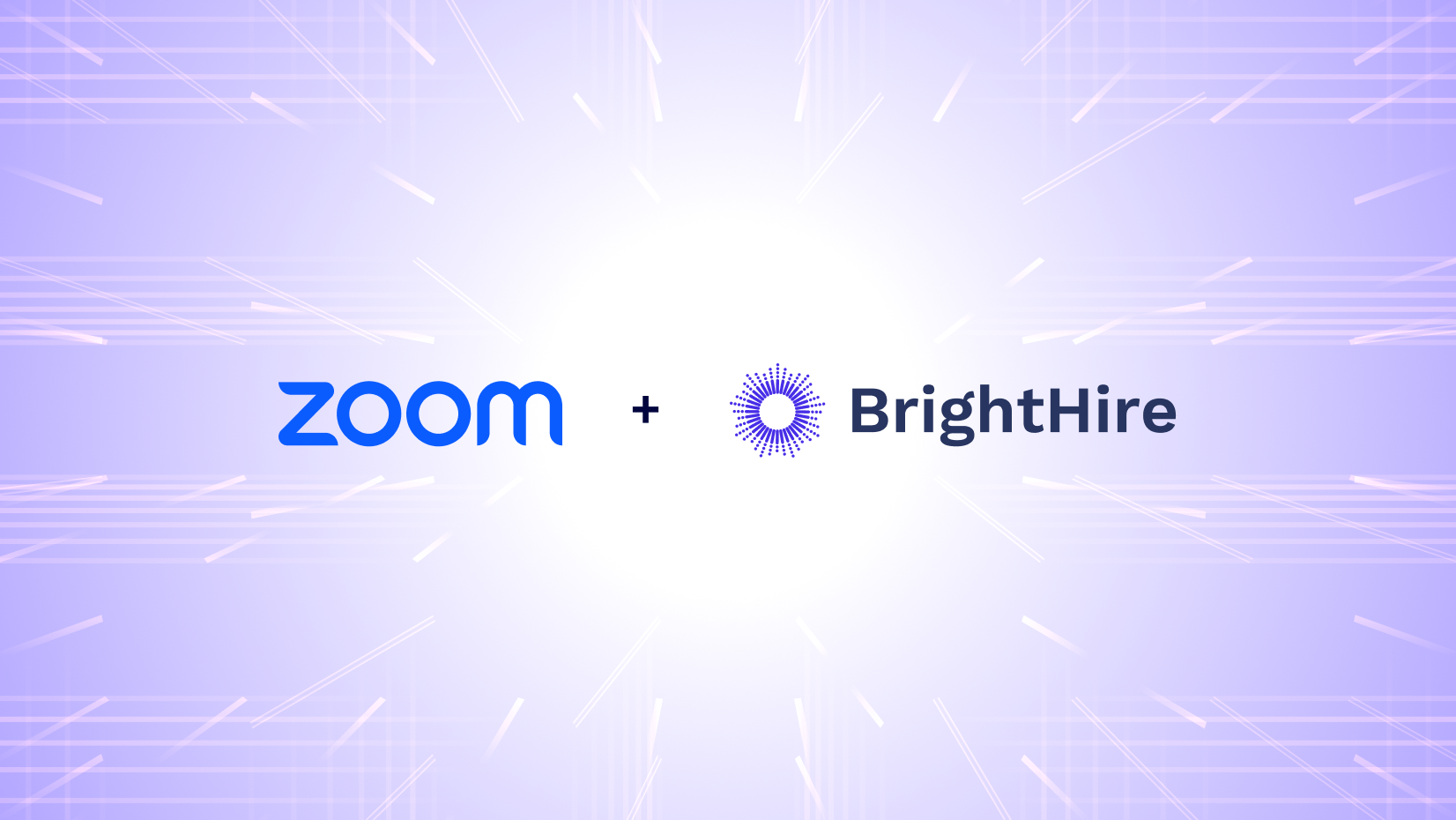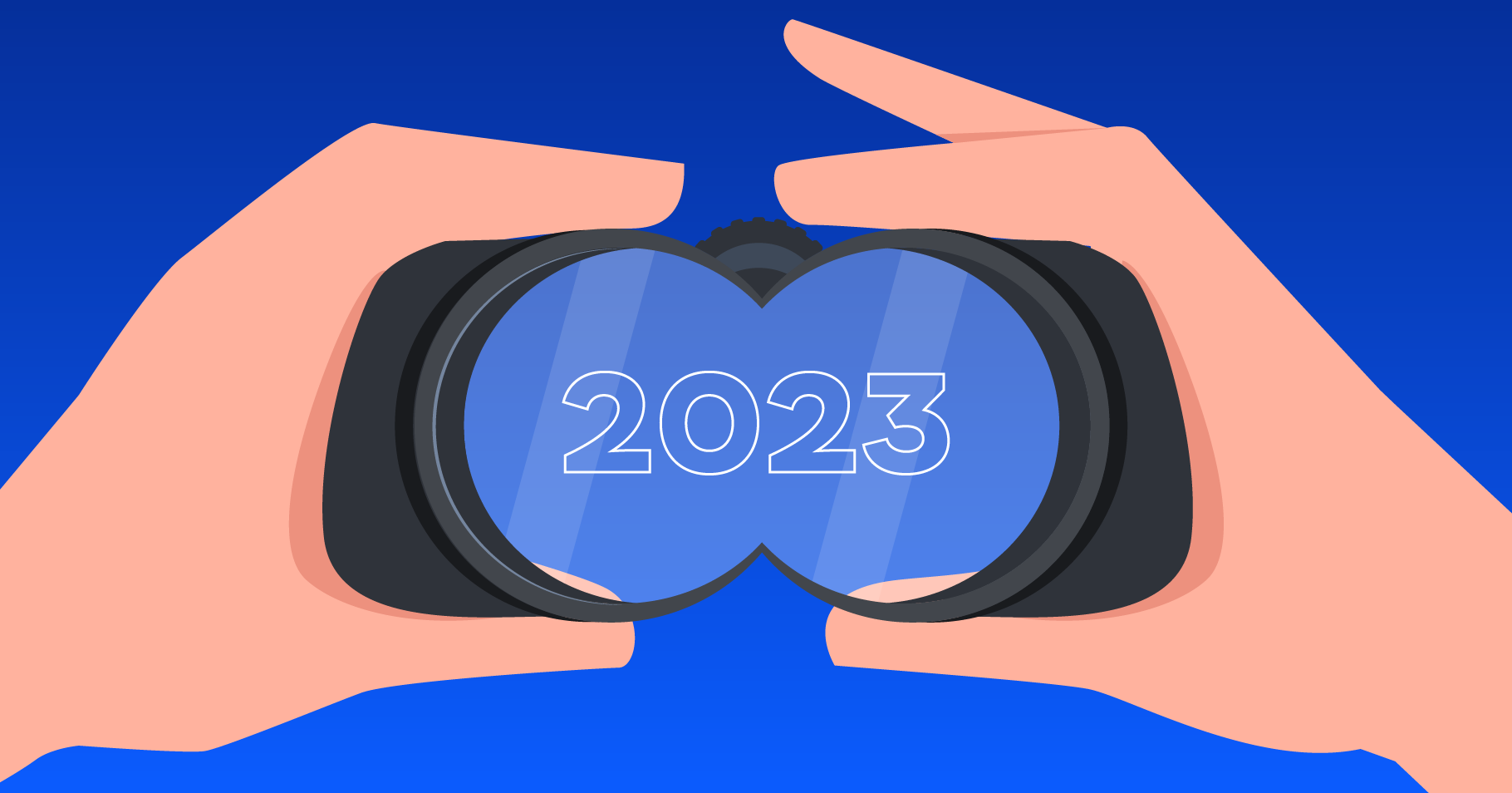
Zoom acquires BrightHire, adding AI-powered hiring lifecycle capabilities to Zoom Workplace
Broadens Zoom’s AI-first platform with intelligent interview capabilities for millions of hiring conversations.
Updated on January 19, 2023
Published on January 20, 2023


Gary Sorrentino serves as Zoom’s Global CIO, after spending over two years as our Global Deputy CIO. A former Managing Director for J.P. Morgan Asset & Wealth Management, Gary was the Global Head of Client Cyber Awareness and Education.
For over 12 years, Gary was the Chief Technology Officer for J.P. Morgan AWM’s global technology infrastructure initiatives, where he managed its Data Privacy program and was responsible for Infrastructure, Application and End User Technology Production Support. In 2014, he assumed a new role as the lead for their Cybersecurity efforts and developed a firm wide “Protect the Client” Cyber program designed to raise cybersecurity awareness among employees and clients.
With over 40 years of experience in Information Technology, Gary has served in various other IT leadership positions in firms across the financial services industry. Prior to joining J.P. Morgan in 2005, Gary was Head of Global Infrastructure and Head of Technology Efficiencies at Citi Private Bank, where he was responsible for Global Infrastructure Support and strategic technology initiatives. Other roles he has held include Global Technology CFO at Credit Suisse and North America IT Controller at UBS.
Business leaders are under extraordinary pressure this year. The economic impact of high interest rates and continued global unrest, among other things, make for a highly volatile business environment.
So how do you thrive in an uncertain economic environment, and how do you continue to innovate with reduced budgets and fewer resources? Those questions are top of mind for so many of our customers and prospects.
We predict 2023 will be about focus and agility. It will center on rallying your teams around common goals through connection, communication, and collaboration. It will be about creatively expanding market reach to accelerate new revenue streams, and doubling down on providing premium experiences to existing customers.
Last year, a few of us in Zoom’s Office of the CIO wrote about the importance of things like total experience, upskilling, AI-based meeting translation and transcription, industry-wide innovation, and more. Much of that will continue to ring true today as flexible work environments become more common:
As we move forward, the focus will be on providing more ways for people to work better together, no matter where they are. Efficient connection is core to that.
Hybrid has been such a buzzword. Organizations have been trying to build out hybrid work environments, hybrid events, and hybrid everything for the last few years, but we’ve only scratched the surface of what hybrid could be.
To really create the hybrid experience, virtual and in-person event experiences have to be more closely aligned. And that means seamless communication and collaboration between the two.
So how do we make greater strides to make hybrid more than just a word, but a reality?
The first step is gaining complete buy-in from company leadership on building a truly hybrid experience. This starts with giving people a real reason to visit offices at all. It also includes supplying the technology and tools for people to not only work from anywhere but thrive in their role — no matter what it is.
It also extends into recognizing — and eliminating — proximity bias. It’s 2023. On-site, remote, and hybrid employees must have the same opportunities for growth.
Hiring the best people will continue to be critical, but what are businesses doing to attract the right candidates? The characteristics we want or need to hire for today are quite different from what we looked for in candidates even a few years ago. The problem is, we’re not designing work environments for digital natives yet.
For many in the workforce, we built the skills to work in a hybrid environment only over the last few years. Gen Z and younger millennials grew up in this space. They have the wherewithal to thrive in remote and hybrid environments with little instruction. But we’re playing catch-up to attract Gen Z talent, who have different tech expectations altogether.
So how do we provide technology to suit digital natives? Waving a badge to open a door or access a workstation isn’t cutting it. Things like voice recognition, instant and seamless collaboration from anywhere (literally anywhere), and touchless workflows are the norms.
But organizations will also need to continue upskilling non-digital natives to enable how work is done and — more importantly — how we create more inclusive collaboration.
How can technology take menial tasks out of your hands? AI and machine learning get better every year, and it’s time to leverage these solutions to actually provide value. Smart businesses are kicking AI into another gear, and we expect many more to follow.
We’re not just talking about automatically centering the camera on the speaker. We’re talking about conversational intelligence providing meaningful and actionable insights on customer interactions, helping with note-taking, productivity, and more. You’ll be surprised by how much minutiae you can eliminate from the average person’s day and how much more productive they’ll be. Think about it: How could extra time or resources be allocated to more meaningful tasks, like developing new products or better supporting your customers?
It seems like every year we file this in the “something’s gotta change” folder, but this time we mean it! We need better room accommodations for modern teams. Traditional conference rooms are out. Next-gen meeting spaces are in.
Imagine for a moment that you don’t walk into a wall-to-wall glass conference room to sit in a chair around a table and stare at a single screen, fix on a single camera, or lean forward to talk into a microphone whose location you still don’t know.
Savvy organizations want their people to walk into a space and have a different experience that enables collaboration without any thought given to whether the technology will work. Bring in modern and smart setups with one-touch start and digital whiteboarding, add intelligent camera systems that automatically provide remote participants with the best meeting views, and take out the assigned seating, and you’re most of the way there.
A few other trends that are top of mind for our customers:
Recreating watercooler moments
Our lives are so scheduled around our virtual meetings. So how do we recreate serendipitous moments or ad hoc conversations? Steve Jobs believed serendipity was important and that it could be engineered. A lot of execs are embracing this idea as they look for new sources of innovation in a hybrid world. In early 2023, we’re introducing Zoom Spots, a sort of virtual coworking space, to help with this very idea. Zoom Spots provides a space to “work alongside” your colleagues and encourages free-form video conversations outside your meeting schedule.
Metaverse
Ah yes, the metaverse. While virtual reality is invading parts of our lives, the metaverse as a concept — a digital world parallel to our physical world — hasn’t quite arrived. But it’s on the horizon. Look for more metaverse innovation from leading tech organizations, and I suspect a new wave of disrupters will enter the market as the demand to elevate how humans interact with each other and the world around them increases.
Some interesting areas include more use cases for specialized job training and even in immersive digital spaces, including dating apps and social media. I see an opportunity to augment these experiences by adding your voice or personality to digital profiles.
Hardware
The hardware we use today is pretty much the same stuff we left the office with three years ago. Monitors, laptops, keyboards — they’ve all been working pretty much the same for 25 years. Monitors should have cameras built into the center and things like teleprompter capabilities built into the core.
The best leaders, especially the modern CIO, aren’t planning for today; they are taking action today so they can create value and long-term growth for their organizations, no matter the economic climate.
We just hosted an impactful session featuring operational tips, technology best practices, and front-line insights to drive growth with fewer resources. Watch our recent Work Transformation Summit on-demand to hear from several industry leaders on how they’re using technology to navigate uncertain times, and get insights to better support your own workforce and customers.